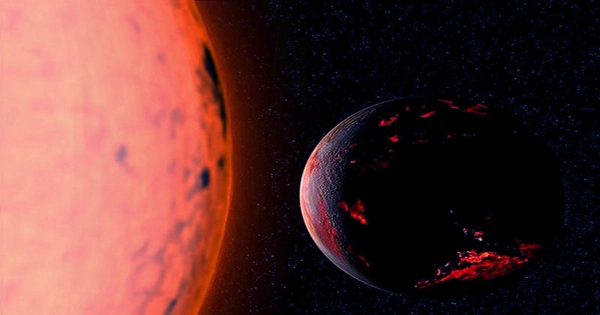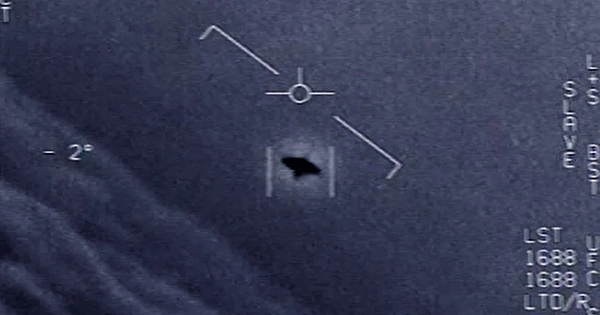The planet’s marine ecosystems endure biodiversity increases every 36 million years. According to new research, the cycle is indirectly initiated by geological changes caused by plate tectonics, which influence sea levels, allowing new species to thrive.
When continents dry out and then flood, arid tracts of land can transform into vast shallow oceans that serve as a playground for biodiversity. The shift creates new biological niches, resulting in an explosion of life as species compete to be the fittest to fill the available space.
The shifting of the tectonic plates that make up the Earth causes changes in sea levels, which is one way in which periodic periods of drought and flooding can happen. Marine biodiversity explodes as a result of tectonic action on a cycle lasting around 36 million years, according to researchers studying the phenomena.
According to Professor Dietmar Müller of the University of Sydney, “In terms of tectonics, the 36-million-year cycle marks alterations between faster and slower seafloor spreading, leading to cyclical depth changes in ocean basins and in the tectonic transfer of water into the deep Earth.” These, in turn, have caused variations in the flooding and drying out of continents, with times when there were vast, shallow seas that favored biodiversity.
The cycle was discovered after an analysis of data on sea-level variations, Earth’s inner systems, and marine fossil records revealed that large changes were cycling in tandem across the board. Peaks and troughs in marine biodiversity appear to be linked to variations in sea level caused by the movement of tectonic plates, which are continually changing, yet the cycle is so regular that it makes sense.
“This research calls into question previous ideas about why species change over long periods of time,” Müller added. “The cycles are 36 million years long because of regular patterns in how tectonic plates are recycled into the convecting mantle, the mobile part of the deep Earth that moves slowly, similar to hot, thick soup in a pot.”
Given that the fossils in this formation belong to a time when the majority of the continent was underwater, the Cretaceous Winton Formation is a shining illustration of how shifting sea levels may alter the environment.
“The Cretaceous Winton Formation stands as a testament to the profound impact of these sea-level changes, capturing a snapshot of a time when Australia’s landscape was transformed and fascinating creatures roamed the land,” Müller said in his conclusion.
The research has been released in the Proceedings of the National Academy of Sciences journal.
















